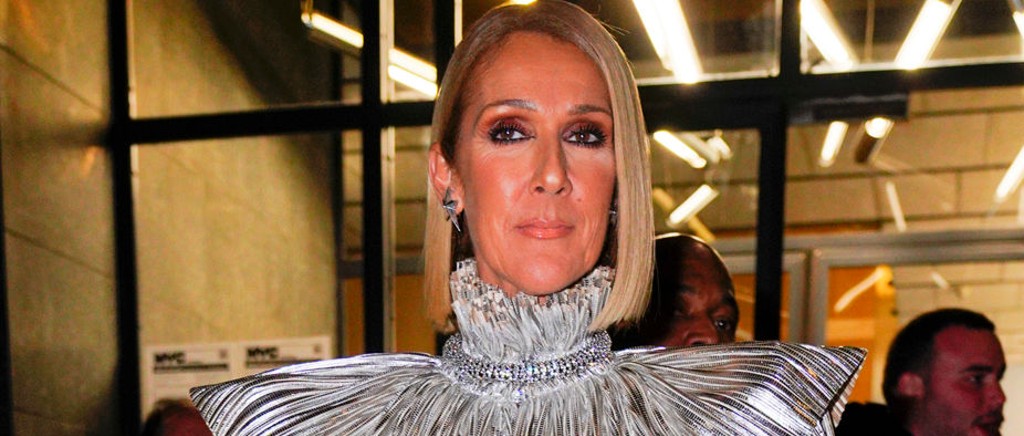On December 8, 2022, Celine Dion tearfully announced in an Instagram video she had been diagnosed with stiff-person syndrome (SPS). The iconic singer described it as “a very rare neurological disorder […] which affects something like one in a million people.” This year, Dion has rarely been seen in public, but one of her sisters Claudette Dion shared a few updates at different points. Most recently, Claudette told Canadian outlet 7 Jours that Celine “doesn’t have control over her muscles.”
Read a timeline of Dion’s battle with stiff-person syndrome here, and learn more about SPS below.
What Is Stiff-Person Syndrome?
Dion was correct in saying that stiff-person syndrome is a rare neurological disorder, and Cleveland Clinic (among other reputed medical institutions) confirms that it only affects “about one out of every one million people.”
The National Institute Of Neurological Disorders And Stroke notes that stiff-person syndrome “affects twice as many females as males,” causes “greater sensitivity to noise, touch, and emotional distress, which can set off muscle spasms,” and “is frequently associated with other autoimmune diseases such as type-1 diabetes, thyroiditis, vitiligo, and pernicious anemia.”
Johns Hopkins Medicine provides a more in-depth definition, as excerpted below:
“Stiff person syndrome is a rare autoimmune neurological disorder that most commonly causes muscle stiffness and painful spasms that come and go and can worsen over time. However, some people experience other symptoms such as an unsteady gait, double vision or slurred speech. SPS symptoms are thought to be related to which type of SPS a person has.
Although there is no treatment that cures stiff person syndrome, working with a specialist and maintaining symptom control can make it easier to live with the condition.”
Johns Hopkins additionally details the different types of SPS, how it is diagnosed, and treatment options.







